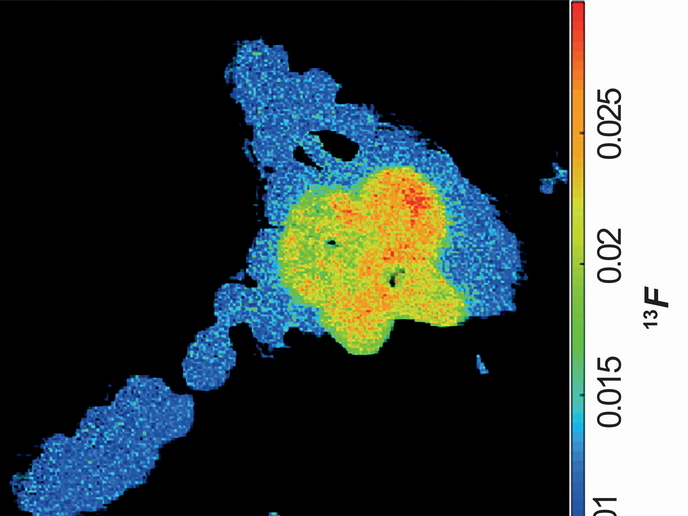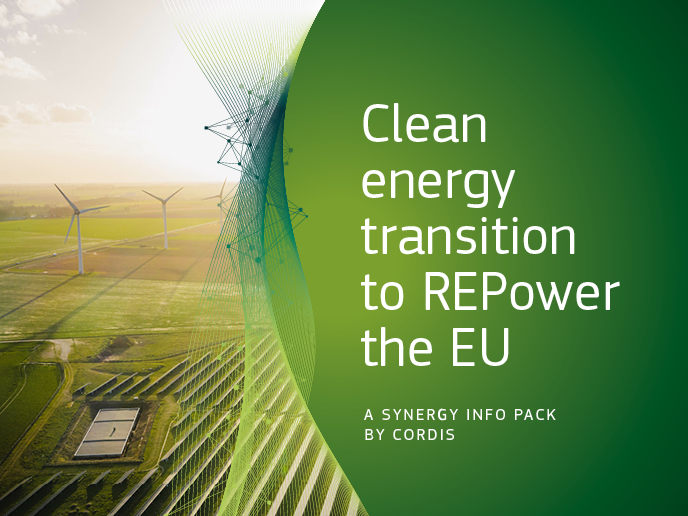Shipshape robotics
The EU-funded project 'Hull identification system for marine autonomous robotics' (Hismar) worked to develop robot-like equipment capable of inspecting and cleaning the hulls of commercial and military ships automatically. The aim of this effort was to help ensure safety, environmental friendliness and the efficiency of seafaring vessels. Project partners investigated optical and magnetic sensing devices required to achieve this, as well as the required plug-in software for repeated mapping of vessel exteriors. In addition, Hismar developed a tool to monitor hull integrity while sailing, thus contributing to security and safety. The project also worked on reducing greenhouse emissions of ships by encouraging low hull resistance. A cost-benefit analysis was undertaken to study feasibility and exploitability, while customers' needs were outlined before beginning design and construction of prototypes. Subsequently, design, construction and testing of the navigational sensory system were undertaken, along with the magnetic landmark recognition system (MLRS) and the optical dead reckoning system (ODRS). These systems and others, such as the magnetic attachment system and drive system, were then tested together, packing a prototype cleaning module and hull structural integrity module into one final system. Work was finally undertaken on exploitation of intellectual property rights (IPR) as well as opportunities for dissemination and commercialisation. If the system takes off, it could represent Europe's leadership in the maritime sector, with technology that respects the environment, promotes safety and renders shipping more efficient.







